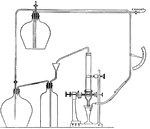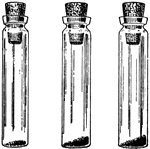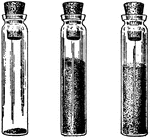Clipart tagged: ‘soil’
Drag
"The drag is a useful, light three-pronged tool which may be used for loosening the soil amongst vegetable…

Dredge
Dredging, the excavating or scooping out of soil, mud, sand or rock under water by a machine called…

Goethite
Goethite is a mineral composed of an iron hydrate crystallizing in soil and other low temperature environments.

Land Leveler
This specification discloses a land leveler comprising a massive rectangular frame including reinforced…
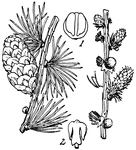
Larch, Cone and Flowers (male and female)
Larch, or Larix, is a genus of hardy, deciduous, coniferous trees of very graceful habit. They bear…
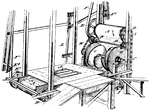
Mixing Machine
This particular invention relates to a mixing machine which is suited for mixing and kneading the raw…

Pickfork
"The pickfork or Canterbury hoe is a very useful tool for breaking up the surface soil, the three-pronged…

Plowing
Plowing is the initial cultivation of soil in preparation for sowing seed or planting. Pictured is a…
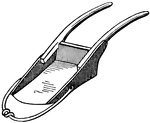
Scraper, Meant to be Drawn by Oxen or Horses
"An apparatus drawn by oxen or horses, and used for scraping the earth in making or repairing roads,…

Collection of Sewer Cross-Sections
"A conduit or canal constructed, especially in a town or city, to carry off superfluous, water, soil,…

Combined Disk Harrow, Sod Cutter, and Roller
the Sod Cutter is also known as the shave off technique, shovels, hoes, or similar machinery are used…

Section of Soil Heap
"Make alternate layers of manure and of sods three inches thick, piling one upon the other, until you…
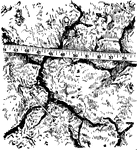
Cracks in the soil
A patch of soil and grass which has cracked after having been worked too fine in the fall.

One-third full vial
A vial, approximately one third full of a dark granular substance, with a cork stopper.

Wheat, potted and stunted
A wheat plant grown in a pot, stunted as a result of nitrogen deficiency in the soil.
